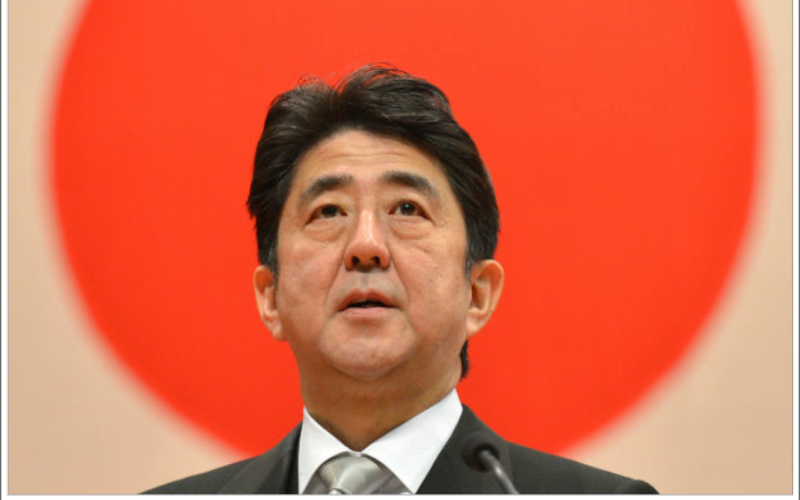by Guy Bruten, AllianceBernstein
Japanese Prime Minister Shinzo Abe’s ability to implement his agenda is politically unfettered. But can he deliver, and will his policies work? We remain cautiously optimistic.
Mr Abe’s Liberal Democratic Party (LDP), together with coalition partner New Komeito, won 76 of the 121 Upper House seats up for grabs in the July 21 election, exceeding pre-poll expectations. Combined with its majority in the Lower House, the ruling coalition can now pass most legislation without any drawn-out parliamentary haggling with the opposition parties.
This is an unambiguously positive outcome—close to a “Goldilocks” result. It’s strong—a clear electoral mandate for Mr Abe to continue down the reform path. But it’s not too strong, falling short of the two-thirds majority that might have tempted him onto a path of controversial constitutional reform.
Focus Returns to “Third Arrow”
This effectively marks the end of the first phase of Abenomics. The first six months or so of Mr Abe’s premiership was all about delivering a “big bang” of macro stimulus—both fiscal and monetary—resetting expectations and remaining politically popular. The need for political support ahead of the Upper House election was partly why some of the more difficult reform measures, or the “Third Arrow” of Abenomics, were put on the back burner.
That approach has worked, giving the desired economic outcome—a weaker yen, a stronger equity market, 4% GDP growth and receding deflation—as well as the desired political outcome. That is, with parliamentary dominance and no need to go to an election for another three years, Mr Abe clearly has the political scope to implement his vision without any explicit political hurdles.
This next phase will test Mr Abe’s desire to drive his agenda and his ability to make tough choices, overcome resistance from the old guard within his party and implement and execute those decisions.
All this comes against a backdrop where expectations are now significantly higher, and the policy challenges and decisions much more difficult.
So, the next three to six months will be about tracking a myriad of policy details and judging whether they add up to a substantial shift in fundamentals, and whether that shift generates the change in private sector behavior that is necessary for “success”—be it a capex recovery, wage increases, asset reallocation or a revival of the once-mighty Japanese manufacturing industry (or however you want to define it!)
All in all, we remain tentatively optimistic. Mr Abe’s policy agenda is clear enough. Despite the catchy “Three Arrows” label, the combination of monetary and fiscal stimulus (plus the promise of an eventual budgetary consolidation) and microeconomic reform is not particularly radical. Thus, with a virtual free hand in parliament for Mr Abe now, it comes down to two questions: Can he deliver, and will it work?
The views expressed herein do not constitute research, investment advice or trade recommendations and do not necessarily represent the views of all AllianceBernstein portfolio-management teams. Past performance of the asset classes discussed in this article does not guarantee future results.
Guy Bruten is a Senior Economist at AllianceBernstein Australia.
Copyright © AllianceBernstein














